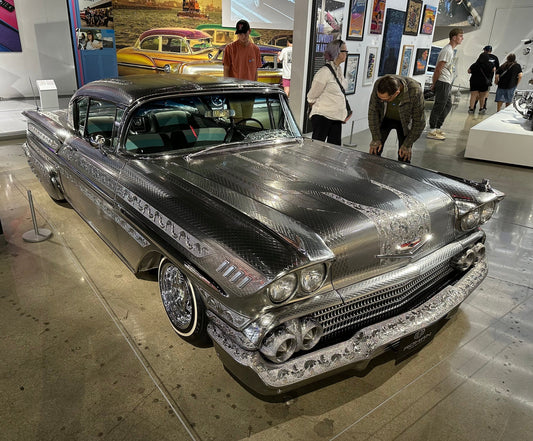Compressors
by Paul McGowan
Compression. Ugh. Just the word gives me the willies. Why would anyone want to compress dynamics when we work so hard to achieve them?
One answer is to be found in vinyl and tape. These two mediums have limited dynamic range. Instead of capturing the nearly 100dB of possible peaks and valleys of music, analog recording and playback mediums are restricted to less than 2/3 of that. This presents a challenge to the mastering or recording engineer. Lower level music can just fade into the noise floor, as it might in real life, or it can be elevated in level to fit the available space. That's the job of a compressor.
Compressor might more appropriately be labeled expander, because compression is the end result of what these devices do, while expansion is the means by which they do it.
Imagine you have a quick hand at the ready. It hovers over the recording studio's master level control. When the music lowers in volume to the point of falling outside the analog medium's narrow window of dynamics, up goes the level—thus, expanding that which we hear, by squeezing more into less space. That is what a compressor, sometimes known as an AGC (Automatic Gain Control) does.
This technology is invaluable when circumstances necessitate its use. Take, for example, a noisy background. If you want to hear all that's in the music, it's necessary to exceed the level of background noise. This can make all the difference in the world listening in the car.
Full dynamics are double edged swords appreciated only in the most perfect of circumstances: a quiet room with an adequate system.
The key to proper limiting and compressing can be summed into three words.
Easy does it!
- Choosing a selection results in a full page refresh.
- Opens in a new window.









